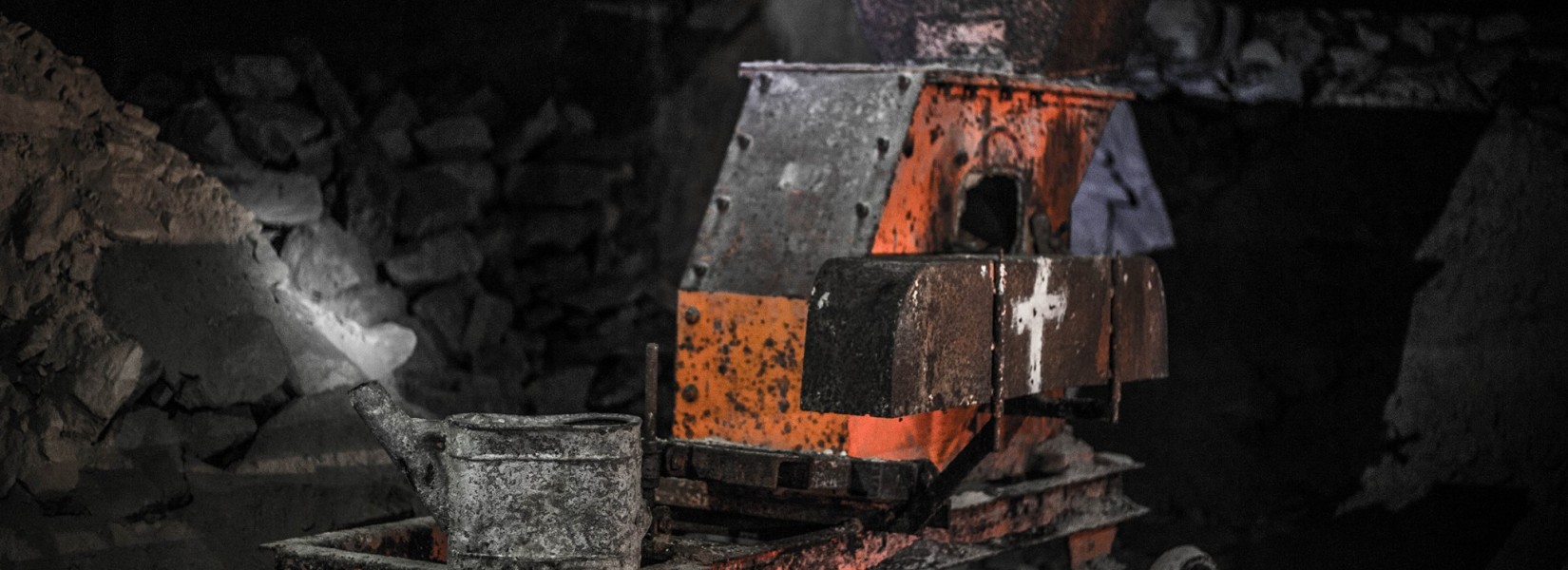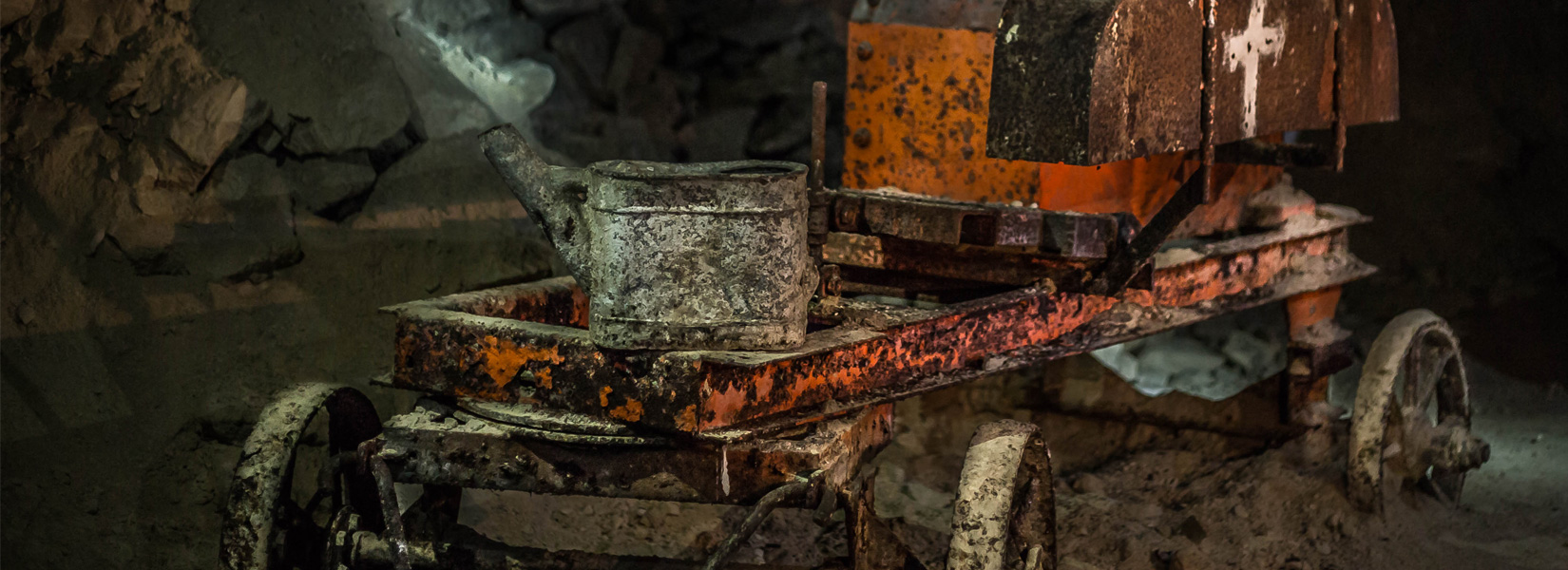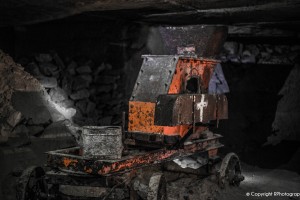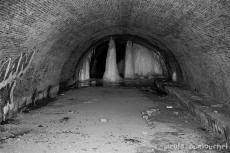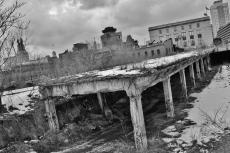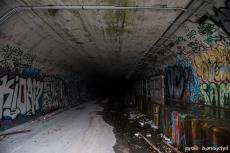Named after General Isaac Brock died at the Battle of Queestown October 13, 1812 (conflict between Canada and the United States, where the British army crushed the Americans), the tunnel was built between 1889 and 1895. Known as the tunnel...
The Hennocque quarry, a dark and moist experience
Extraction of limestone and... Nazi
Located in the Ile-de-France, the Hennocque quarry is a place that was marked by history with a capital H. While chalk quarries were developed in the region from the Gallo-Roman period, the Hennocque quarry has started its activity in the nineteenth century and will be operated by three generations of the Aubin-Hennocque family. At its heart, a high quality limestone was extracted.
Covering over 35 hectares, the site is huge. During the Second World War, the German army occupied the career and leads various sensitive activities who should remain safe from Allied bombing. The proximity of railway lines has made of the quarry a perfect place identified in 1938 by the Nazi, a year before the war.
After several improvements made by the Nazis, including the installation of electricity, the construction of a headquarters and the fortification of the site, the quarry has been used as a fortress to store V2 missiles, said Vergeltungsawaffe 2 (ie means retaliatory weapon No. 2). The site will ultimately never operational, but it was of paramount importance for the Germans.
These were the earliest V2 ballistic missiles. Moreover, one of the great benefits of these missiles were the easily way to build these rocket to the chain. Moreover, it could be fired from mobile launching site and therefore difficult to identify.
Once the war ended, the quarry operations will resume, enjoying the electrification and the various German improvements. The celebration will be short-lived because, with the arrival of the concrete (which began at the turn of the century), the stone industry will collapse gently and quarries will close one after the others.
In 2006, a criminal fire in quarry will cause some damage, including the carbon monoxide generated by combustion who won't be able to be released. Recall that this gas is odorless, colorless and highly toxic and causes loss of consciousness resulting in death.
Related content
In 1918 the Erie Canal was re-routed to by-pass downtown Rochester, and in 1919 the abandoned canal was bought to serve as a grade-separated route for the heavy "inter-urban" streetcars that were seen as obstructing surface street traffic. Tracks...
Abandoned, barricaded and destroyed at the south entry of the Lachine Canal, the tunnel Wellington currently offers lack of interest for urban exploration (can't go inside).
Back in 1990, it permanently ceases its activities with the...

